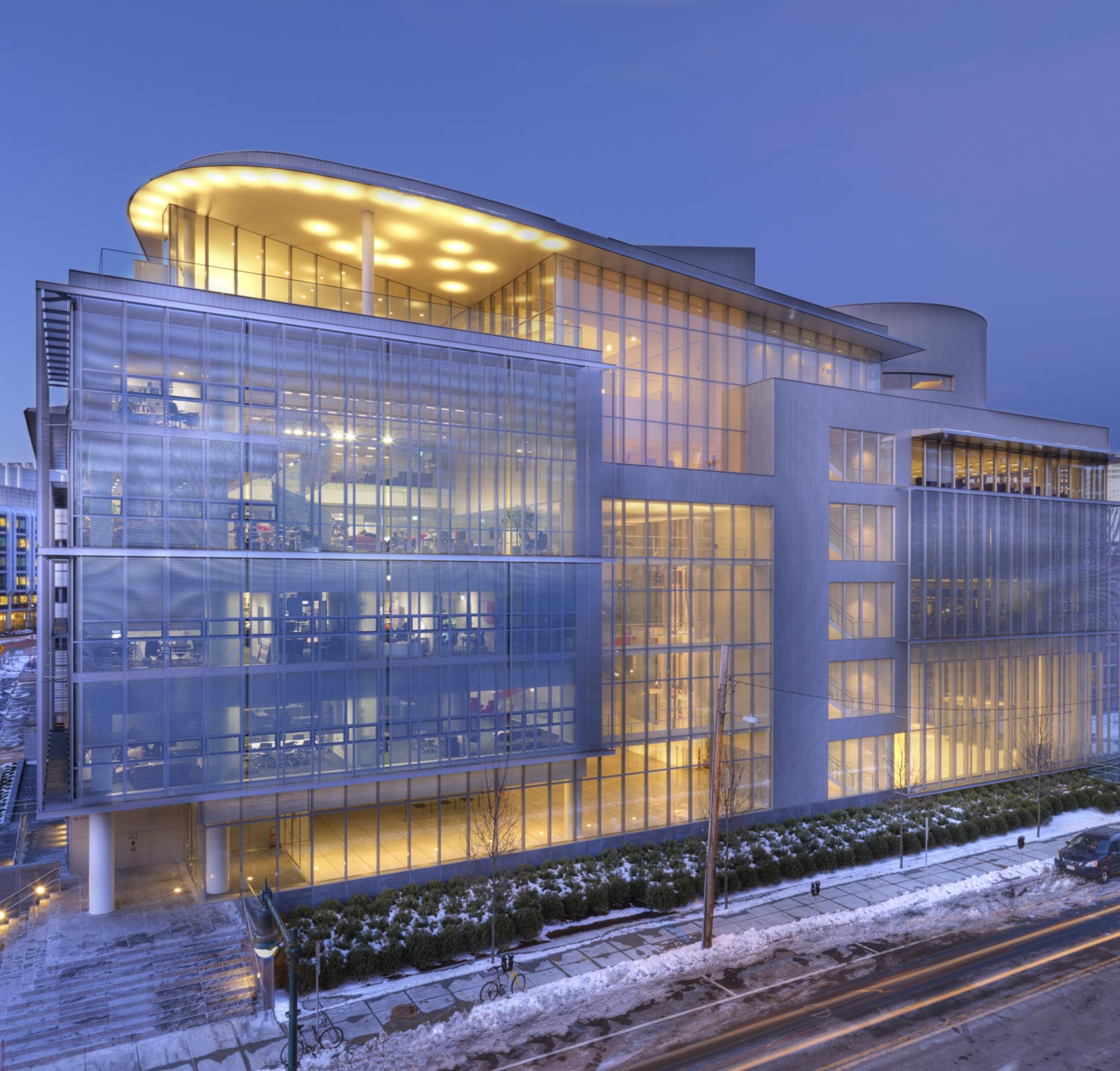Sharing report on reimagining public safety at MIT
To the members of the MIT community,
In 2020, the national reckoning that followed the killing of George Floyd spurred many communities and institutions to reflect on and reassess their approach to policing and public safety. That summer, I charged the Working Group on Reimagining Public Safety at MIT to examine whether policing practices on campus might be better calibrated to serve the public safety needs of our community.
The Working Group on Reimagining Public Safety at MIT
Informed by a petition submitted by the Black Graduate Student Association (BGSA) and the Black Students’ Union (BSU), the working group was composed of students, administrators, faculty and staff, including MIT Police representatives.
With expert outside help, working group members closely examined data on policing at MIT and sought broad community input, including from our students and our police officers. Together, the members explored complex and sensitive questions over which reasonable people can have significant disagreement – and they emerged with a serious, thoughtful, compact and practical set of recommendations for how the Institute might move forward.
I write today to share the working group’s report and highlight the next steps.
Recommendations
The working group recommends several straightforward practical changes, such as making the policy around metal detectors and police details at student parties more transparent and consistent; clarifying other police policies, including around how many officers respond to a call; and making improvements in how MIT hires and trains police dispatchers.
The report also puts forward some recommendations that are more far-reaching, such as creating a category of unarmed community service officers who might handle a range of routine calls, to developing a “co-response” model in which a clinician would join police in responding to calls related to mental health. For a better understanding of the working group’s proposals, I encourage you to read their brief report.
Next steps
In several of these areas, the MIT Police department is already making progress; others require considerable planning and negotiation to put in practice. Responsibility for making progress on these themes falls to Executive Vice President and Treasurer Glen Shor and Director of Public Safety and Chief of Police John DiFava, who have carefully thought through the report’s recommendations and agree that it articulates important themes. They look forward to collaborating with the force and others across campus to drive this work forward expeditiously.
Establishing a Community Campus Safety Council
One very important recommendation is that MIT create a community advisory body to seek and provide ongoing feedback on questions of campus safety. I am delighted that Professor John Fernandez has agreed to chair the Community Campus Safety Council. The rest of the members will be determined in consultation with the working group co-chairs.
* * *
I hope you will join me in thanking the working group for its careful and balanced work; for the list of members, please see the last page of the working group’s report.
For their steady leadership, I offer special appreciation to the co-chairs, Vice President and General Counsel Mark DiVincenzo, Chancellor Melissa Nobles and former Co-President of the BGSA Ufuoma Ovienmhada. We are also indebted to Glen and John for taking the lead on this important work for our community now.
Sincerely,
L. Rafael Reif


